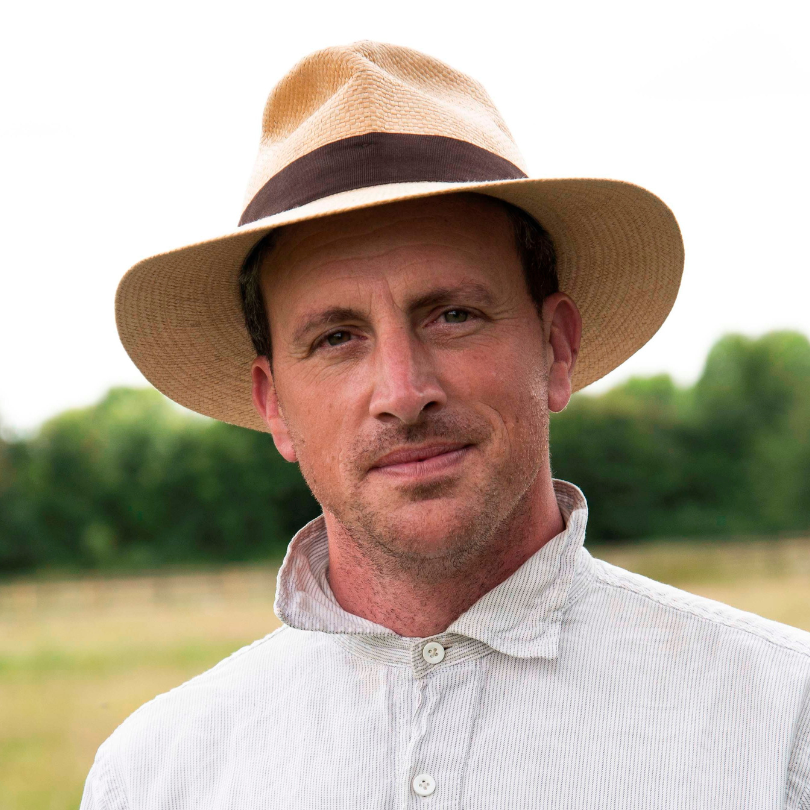
Speakers

The conference keynote speaker is award-winning BBC documentary filmmaker and author of bestseller “Cræft” (2018), Associate Professor Alex Langlands from Swansea University (UK).
In his keynote speech “Putting the making in place-making: Resilient communities and heritage in an age of austerity”, Langlands discusses how both tangible and intangible heritage can offer communities resilience and forward-looking solutions to navigate the waves of polycrises affecting the world.

The conference keynote speaker Harriet Deacon is a researcher at the Treatied Spaces Research Group and Lecturer in AI Ethics at the Centre of Excellence for Data Science, Artificial Intelligence and Modelling, University of Hull (UK).
Deacon’s presentation“Intangible heritage and the market: making it work for communities”, will draw on a review produced for UNESCO in 2023, presenting concepts and planning approaches that can be adapted to assist communities in public heritage policy.
All speakers:
Aivar Ruukel (Estonia) “Dugout boat heritage and place identity: case of Soomaa national park”
Anete Karlsone (Latvia) “Meet your Craftsman!”
Angie Butler (UK) and Imi Maufe (Norway) “Connecting and Developing Printing Heritage: the Nordic Letterpress Network”
Anni Järvelä (Finland) “Näppärit – together in tradition and music”
Azeem Hamid (Pakistan) “Participation in public spaces of Tallinn”
Ave Matsin (Estonia) “Professional craft education and its impact on the example of a study of the professional employment of Estonian vocational and higher education craft curriculum graduates”
Ave Paulus (Estonia) ja Arnstein Brekke (Norway) “The Protection of Vernacular Heritage of North Europe – Authenticity and the Role of Heritage Communities”
Danila Rygovskiy (Estonia) “Estonian printing heritage: revival of hot metal typesetting skills (linotype & monotype)”
Eilve Manglus (Estonia) “Career turnaround and lifelong learning. Why should anyone start studying native metalwork at the age of over 35?”
Elīna Vikmane (Latvia) “Participatory engagement of youth in museums and its research with participatory methods and techniques”
Francis Ndagiyisa Sokomba (Nigeria) “Cultural Heritage and Identity”
Garri Raagmaa (Estonia) “Manors as Rural Development Drivers”
Giuseppe Biagini (USA) “The Future… is under your feet”
Ishara Wijemanne, Niina Väänänen and Sirpa Kokko (Finland) “Dumbara Weaving, a cultural heritage and an identity”
Jan Lütjohann (Finland) “Common heritage for busy people from all over the place: an evaluation of mobile accessible wood-carving workshops”
Jawida Mansour (Palestine/Qatar) “The search for community’s socio-economic development and summud through traditional embroideries in Palestine”
Johanna Björkholm (Finland) “Regional capacity building and safeguarding of ICH”
Jorma Sarv (Estonia) “Experiencing the nature of museum and library environments. Gateway to excitement or escape to silence?”
Kennedy Kariseb (Namibia) “The conservation, preservation and management of heritage objects and places in Namibia: Challenges and opportunities”
Kurmo Konsa (Estonia) “How to create a culture that is suitable for sustainable living: a conceptual framework”
Laura Brutāne and Lote Katrīna Cērpa (Latvia) “Mindful Museums: Nurturing Mental Health Through Cultural Participation”
Linda Rubena (Latvia) “Heritage as a basis and source of inspiration for creative works in the younger generation”
Lisanna Schmidt-Bureš (Estonia) “Natural colours as part of environmental sustainability in fashion – Conserving biodiversity through an art project and dyeing with plants.”
Madis Rennu and Andres Rõigas (Estonia) “Fieldwork notes through the eyes of a craftsman: economic interests, local and cultural cooperation in the intentional communities of southern Estonia.”
Madis Vasser, Maria Muuk and Tambet Muide (Estonia) “Terra Low-Tech Theme Park”
Māra Urdziņa-Deruma and Lolita Šelvaha (Latvia) “Trends in Teaching Traditional Culture in Design and Technology in Latvia”
Marius F Johannes (Namibia) “Echoes of Freedom: Reviving Namibia’s Cultural Heritage Through the Transformative Power of Prison Arts and Crafts” A Narrative Story of Incarceration, Legacy, And Transformative DT“
Marju Kõivupuu (Estonia) “What are we talking about when we talk about heritage?”
Markus Pau (Estonia) “Synthesis between heritage and innovation: internal insulation of historic fieldstone walls with hemp-lime”
Martti Veldi (Estonia), Mia Åkerfelt (Finland), Tzafrir Fainholtz (Israel) and Anna Wilczyńska (Poland) “Finnish prefabricated wooden houses in Poland, Israel and Estonia – from temporary housing to heritage values, how are local communities involved?”
Mar’yana Svarnyk (Estonia) “The Resilience of a Tradition in the Craft of Ukrainian Easter Eggs (Pysanky)”
Niina Väänänen, Päivi Fernström, Kaisa Hyrsky, Hanna Kettunen and Sirpa Kokko (Finland) “Crafting identities”
Riina Rammo (Estonia) “Red dyestuffs in ancient textile technology”
Rosa Johnson (Namibia) “Namibia the jewel of culture and heritage”
Tara Poole (Australia) “Determining a new value for creative capital”
Tenno Teidearu (Estonia) “Repair as Heritage and Sustainable Consumption Practice”
Tiina Kull (Estonia) “Woven Gifts: The Tale of Estonian Skirts and English Wool”
Witiya Pittungnapoo (Thailand) “Water-based Architecture and Cultural Landscape as Living Heritage of the Yom River in Thailand.”

